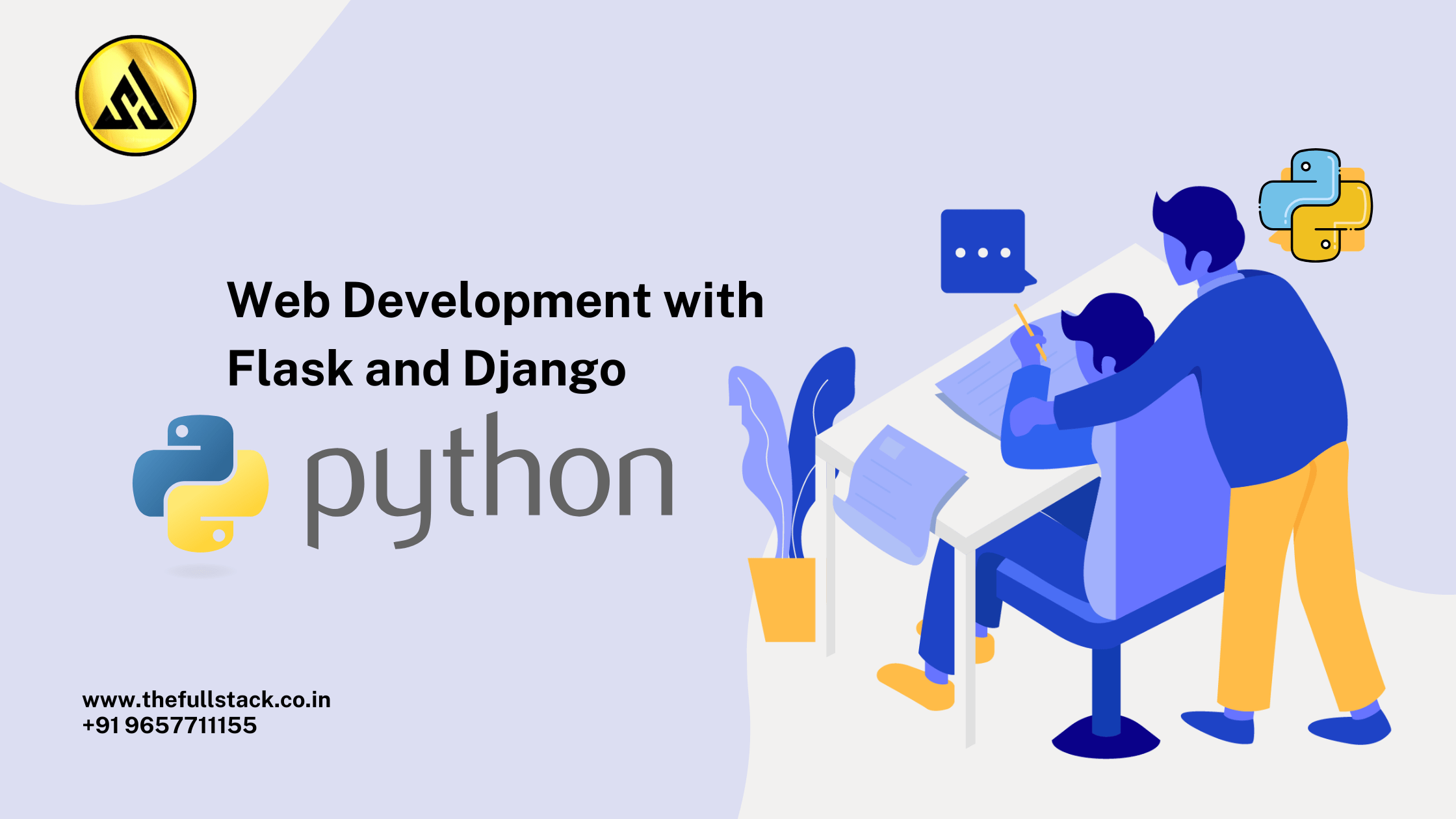
Introduction to Web Development with Flask and Django
Are you prepared to start working on websites as a Python developer? The development of contemporary web apps is now simpler than ever thanks to two robust frameworks: Flask and Django. Flask and Django provide all you need, whether your goal is to create a blog, an e-commerce website, or a whole SaaS product.
This blog post will explain Flask vs Django, their differences, and which one is best for your project’s objectives.
What Is Web Development?
Before diving into frameworks, let’s understand web development in simple terms:
- Frontend: The user interface, buttons, forms, and styles that are visible to users. (CSS, JavaScript, HTML)
- Databases, authentication, routing, and other backend operations are examples of the backend logic.
- Full Stack: When a single individual handles both front-end and back-end development.
Python is widely used in backend development, and frameworks like Flask and Django help streamline this process.
What is Flask?
Flask is a Python microweb framework that is lightweight. It gives you complete choice over how you organize your code while providing the bare minimum needed to launch a web application.
Key Features of Flask:
- Flexible and minimalist
- Simple to understand and expand
- The templating engine Jinja2
- Integrated debugger and development server
- Handling RESTful requests
When to Use Flask:
- You want complete command over the structure of the app.
- You are developing an app that is small to medium in size.
- You wish to understand the inner workings of web servers.
- You would rather manually install components (such as ORM, authentication, etc.).
Simple Flask Code Example:
from flask import Flask
app = Flask(__name__)
@app.route('/')
def home():
return "Welcome to Flask Web Development!"
if __name__ == '__main__':
app.run(debug=True)
What is Django?
A high-level Python web framework called Django promotes quick development and simple, straightforward design. It offers numerous built-in features right out of the box because it operates on the batteries-included principle.
Key Features of Django:
- Built-in admin dashboard
- ORM (Object Relational Mapping)
- Authentication and user management
- Secure by default
- Scalable for large applications
When to Use Django:
- You are developing a large-scale application (such as CRM or e-commerce).
- You want modules (authentication, admin, and forms) that are ready to use.
- You wish to adhere to a typical MVC architecture.
- You favor quicker development and less configuration.
Simple Django Setup (Overview):
- Install Django:
pip install django - Start a project:
django-admin startproject myproject - Run the development server:
python manage.py runserver
A typical Django app has:
- Models: Define data structure
- Views: Control logic
- Templates: Render HTML
- URL dispatchers: Route traffic
Flask vs Django: A Quick Comparison
| Feature | Flask | Django |
|---|---|---|
| Type | Micro-framework | Full-stack framework |
| Flexibility | High (build everything) | Low (many built-ins) |
| Learning Curve | Gentle | Steeper but productive |
| Admin Panel | No | Yes |
| ORM | Optional (SQLAlchemy) | Built-in (Django ORM) |
| Use Case | Small projects, APIs | Large apps, admin dashboards |
| Community | Large | Very Large |
Which One Should You Choose?
- Choose Flask if:
- You want to understand the internals of web development
- You prefer customization over convention
- You are building a lightweight web app or REST API
- Choose Django if:
- You want quick results with minimal setup
- You need built-in features like user management and admin
- You are working on complex apps with many components
Real-World Applications
- Flask:
- Microservices
- REST APIs
- IoT dashboards
- Prototypes
- Django:
- Content management systems
- Social networks
- E-commerce websites
- Enterprise apps
Final Thoughts
Django and Flask have separate functions and are not rivals. Django provides you structure, while Flask gives you freedom. You become a well-rounded full stack Python developer by becoming proficient in both.
Whether you’re aiming for your first job or launching your own product, choosing the right framework can accelerate your journey.
You may be like tis:-
Is Java or Python Better for Full-Stack Development?
Python Full Stack Developer Salary in Dubai: A Lucrative Career Path


Leave a Reply